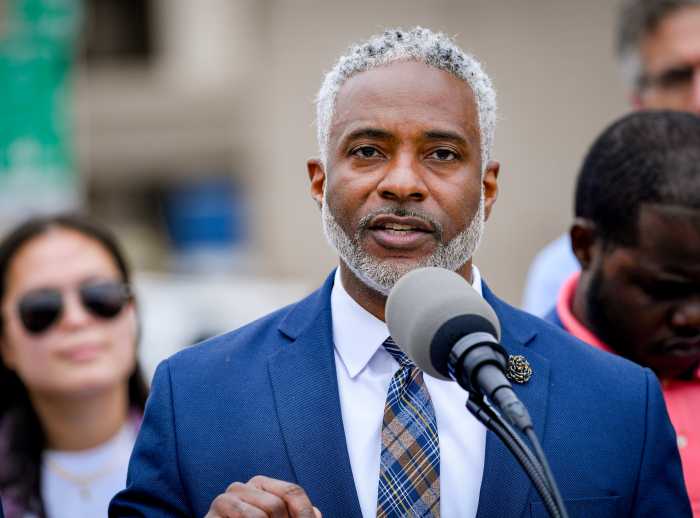The definition of “crisis” is a time of intense trouble when a difficult decision must be made.
Arguably no problem in need of urgent action fits that definition more than our affordable housing crisis. Tens of thousands of working New Yorkers can’t find a place to live or afford the place they’re in now. And even more have to travel unreasonable distances to get to their jobs because the only neighborhoods they can afford are nowhere near where they work.
Just as the definition says, this is the moment when difficult decisions must be made to significantly and sustainably expand and expedite the creation of affordable housing.
Here’s the reality of New York City’s housing crisis. From 2010 to 2020, New York City’s population increased by approximately 630,000 residents and added almost a million new jobs. But during the same period its housing stock increased by only 200,000 units. This discrepancy meant that not nearly enough housing was built to accommodate new and existing residents, with the result being that demand is overwhelming supply. With our population growing but housing supply failing to keep pace we find ourselves in an extended and existential affordability crisis.
As unions that collectively represent hundreds of thousands of working New Yorkers and their families, our members experience this problem every day. Whether it’s struggling with rising rents and the threat of eviction, not being able to find affordable housing within a reasonable commute to their job, or being priced out of neighborhoods they used to be able to afford, the consequences are a dire and daily reminder that we need more housing to sustain our growing population and the workers, families and individuals who are at the heart of it.
We’ve seen that previous efforts have fallen short because well-intentioned disagreements over individual policies have outweighed the ability to construct the whole new housing paradigm we need to meet the demands of this moment. That can no longer be the case. We strongly believe that there is a middle ground approach that can be taken to give workers, tenants and all New York residents access to the affordable housing they deserve.
First we need more housing units to be built. Without adding to supply we’ll never catch up and not enough housing to go around means higher rents, greater likelihood of eviction for failure to pay rent, and workers being forced to travel long distances, sometimes two hours, to live in the only neighborhoods they can afford. For many City workers, there is also a residency requirement, forcing some people to decide between keeping their good-paying jobs or living in an affordable home. If we want to grow and sustain the City’s workforce we have to build more housing at a faster pace – they go hand-in-hand.
That is why the goal of building hundreds of thousands of new housing units to meet the projected half a million unit shortfall isn’t aspirational, it’s essential. We need sensible tax incentive tools with strong obligations to spur private sector investment – including meaningful affordability requirements – at a scale and scope which will fulfill the housing demands of a broad range of income levels. Couple that with programs to make better use of unused commercial space that can be converted to residential housing and we can begin to satisfy the supply shortfall.
Second, as labor leaders we recognize that no matter how affordable housing is, if wages don’t keep up it’ll never be affordable enough. That’s why we believe that any agreement on housing must include fair labor standards with prevailing wage job requirements for construction and building service workers. Setting appropriate wage and labor standards are good for union and nonunion workers alike because without that, just as a rising tide carries all ships a weak hull can sink them. When workers are rewarded with fair wages we all win.
Lastly, and arguably the point that has drawn the most attention, is the need for “Good Cause Eviction” legislation, a policy that provides strong and sensible protections against unreasonable rent increases and unfair evictions. Such protections are an essential component of a healthy housing ecosystem and should be included in a middle ground housing deal. Too many families live in fear of eviction, not being able to make rent, or not being able to find a place to live within a reasonable distance from their jobs. There should be a clear and fair process to ensure evictions aren’t arbitrary, and tenants are provided with the opportunity to renew their lease at a reasonable rent. Again, a main part of the tenant problem is the lack of supply puts them at a disadvantage. More housing units will give tenants more affordable housing options and lead to lower rents.





























